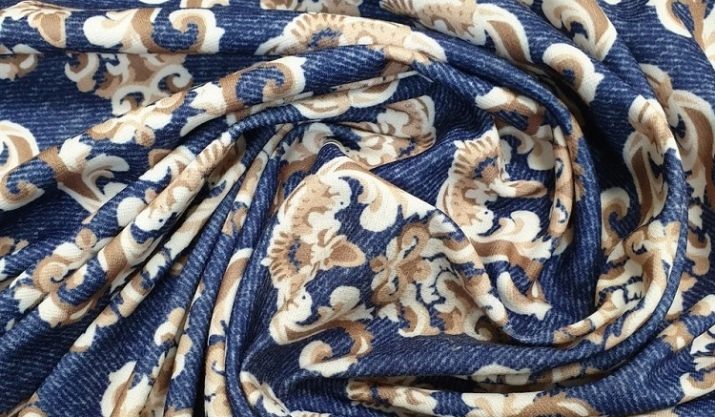Features of Milano fabric and its application
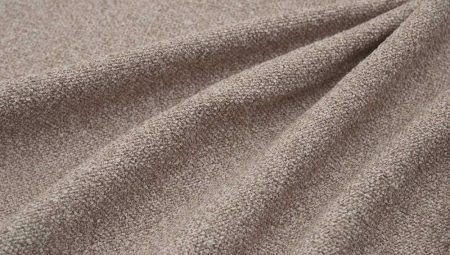
Milano is a premium knitted fabric. Due to its density and colorful colors, the material is in demand among designers and fashionistas. Clothes made from this fabric keep their shape well, which makes them very popular in the fashion world. Unlike most types of knitwear, milano is a strong material, dense and of very high quality.

What it is?
Milano fabric is created by tying fibers together on industrial typewriters. At the heart of the canvas are loops that are connected horizontally in rows along and across. Vertically, pillars are obtained from loops. The result is a fairly elastic fabric that is soft to the touch. At the same time, the density of the material is very high, and the strength is almost unique.
The composition varies in proportions, but not in components, in any case there is:
- artificial fibers, usually rayon;
- synthetic threads, most often spandex, elastane, polyester;
- natural fibers, mainly cotton, silk or woolen.
To find out the proportions and the exact composition, you need to study the labeling of the fabric or product. In any case, the density of the fabric is quite serious, it can vary from 270 to 380 grams per square.
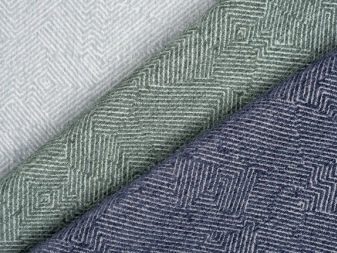
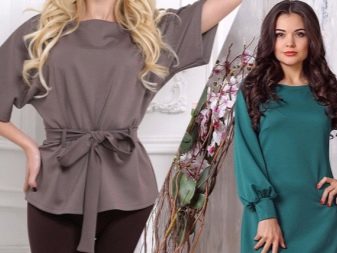
The main properties of milano:
- smooth matte surface;
- the color is even and juicy, not afraid of molting and burnout;
- a huge selection of shades of all palettes;
- there are monochrome and printed fabrics;
- lack of translucency;
- comfort, excellent moisture absorption, heat storage;
- allows air to pass through without interfering with the skin's breathing.

Clothes from milano are pleasant to the body, they fit perfectly, keep their shape well, among the advantages are:
- resistance to mechanical impact, deformation;
- long service life of things, strength;
- the fabric is dense, but soft and elastic;
- does not wrinkle;
- holds, pellets are not formed;
- working with the material is simple;
- leaving is the easiest;
- variety of designs due to colors and prints.
As for the shortcomings of the fabric, the products of proven manufacturers are practically devoid of those, at least significant.
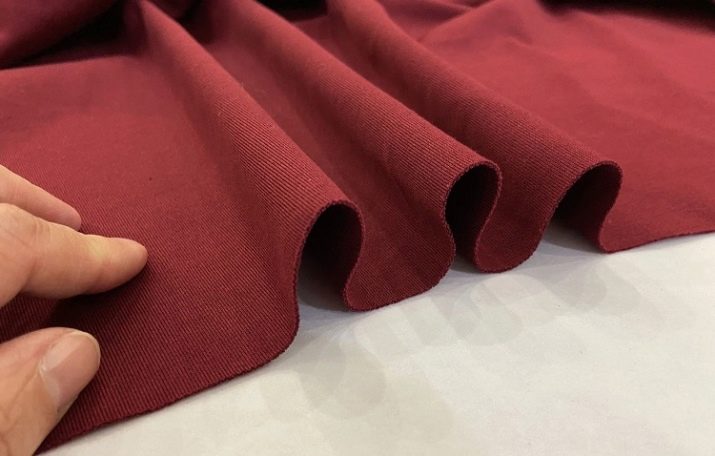
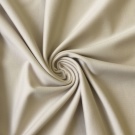
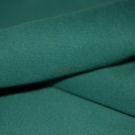
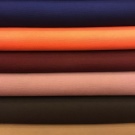
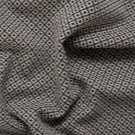
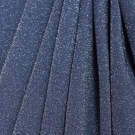
History of appearance
The technology of creating knitted fabric itself has been used by man since ancient times. Knitted fabric was formed by Arab masters, then this art spread throughout the world. The process of creating knitwear was already mechanized by European craftsmen, which made it possible to simplify and speed up knitting of knitwear. This made it possible for the fabric to become in demand among the poor, as well.
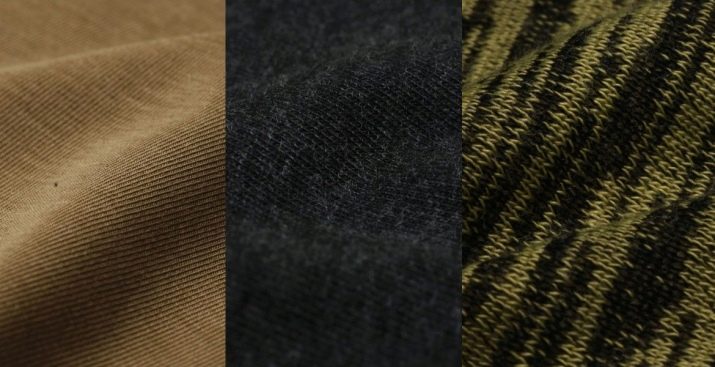
The massive popularization of knitwear was promoted by Coco Chanel, who was looking for new forms and materials. Her goal was to create not only beautiful but also comfortable clothing. Therefore, knitwear has received such recognition among couturiers. Gradually, knitted fabrics began to improve, and a variety of milano appeared. Practical and pleasant to the touch, the fabric quickly gained worldwide recognition.

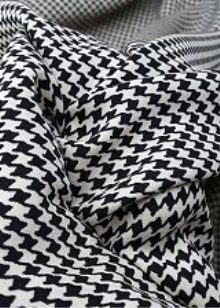
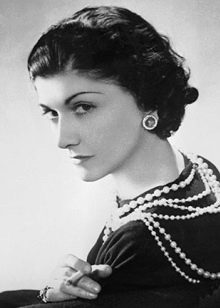
Description of species
Knitted fabric of this type has several varieties, which are based on the characteristics of the quality type.
- Academician... Knitwear based on viscose fibers has excellent density, the fabric is thick and strong. This type can contain up to 50% polyester. Thanks to the synthetic additive, the fabric perfectly withstands a large number of washes, ironing, any drying. It retains its original appearance for a long time.
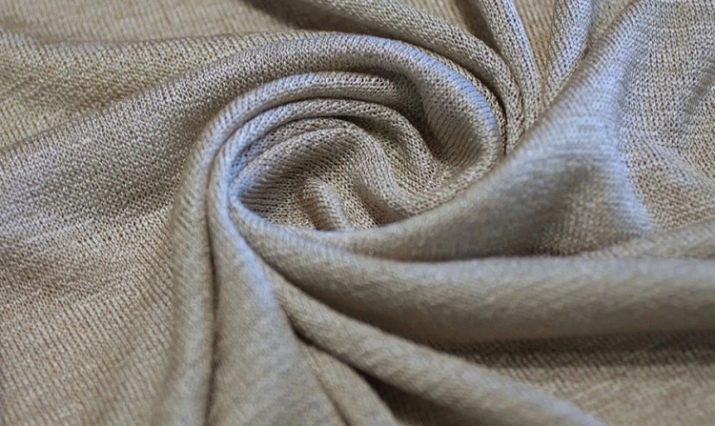
- Jersey... The blended fabric, invented in the UK, has good stretch properties. There are several types of jersey, including silk, which is very lightweight. The most common dense material with the addition of wool. There are varieties of fabric that consist of pure woolen fibers. Jersey was often used by Chanel to create practical pieces in the collection. The classic type of fabric is a combination of wool and silk, it is valued most of all.
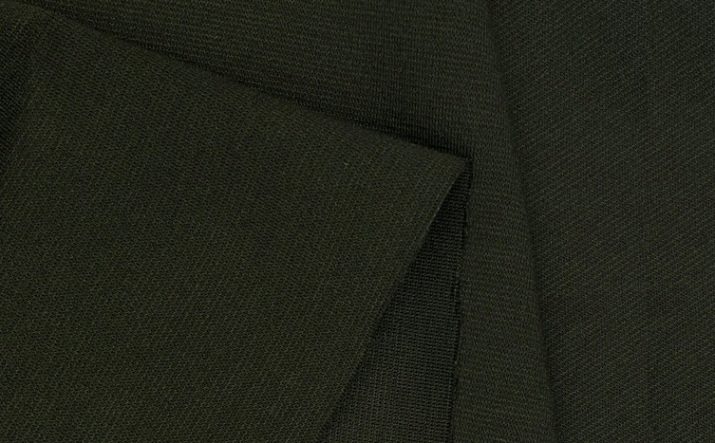
- Roma... The finest type of knitwear, which must contain cotton fiber. It combines with synthetic additives, viscose. The fabric stretches along the weft well, the length is slightly worse, but the difference is visible only to professionals, in ordinary life it is invisible.

- Punto... The material that connects synthetic and natural fibers is very strong. The amount of polyester is usually quite impressive. The fabric turns out to be elastic, the surface is of a matte type, it stretches well in both directions, but it is better in the weft.
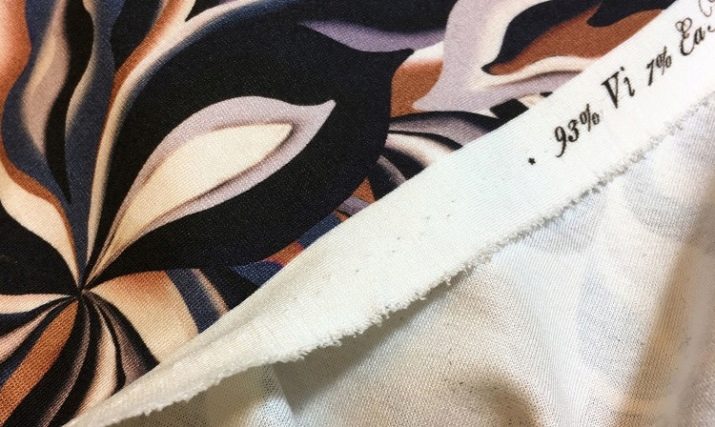
- Premium... The fabric belongs to the costume and dress variety, it contains viscose, elastane, nylon. Thanks to them, the material stretches well. There is a small pile, this type of material can shrink. In the process of wearing, no pellets and clues are formed. Most often, dresses, suits are sewn from premium, they keep their shape perfectly. Before creating things from this jersey, you need to carry out a heat damp treatment.
These are the most popular types of milano and are most often used for sewing products. Many people confuse this type of knitwear with an upholstery fabric with a similar name, but these are completely different fabrics. Furniture variation is similar to knitwear only in name.
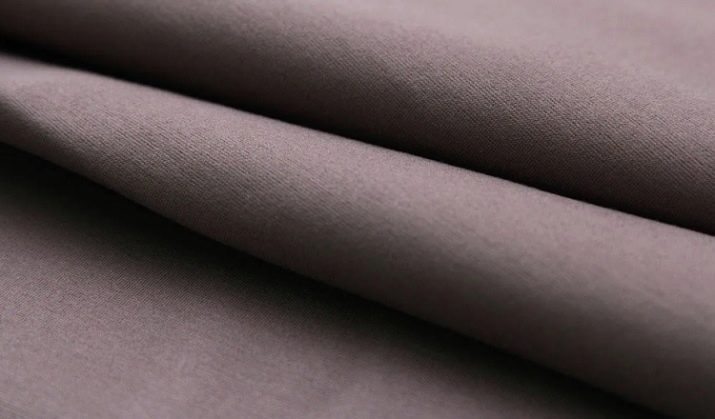
Applications
Milano is a fabric that is most often used for sewing clothes, the type of material determines its purpose. For example, to create outerwear, they take a fabric with a dense thick fiber, which can warm in bad weather. Summer clothes are made from a light and thin milano look. There are a number of things Milano is used primarily for making.
Summer clothes made of cotton-viscose materials:
- T-shirts, T-shirts, tops;
- dresses;
- shirts and blouses;
- tunics.
Underwear is made from the finest Milano rum, children's clothing is sewn from elastic varieties. For evening dresses, jersey with the addition of silk is used.
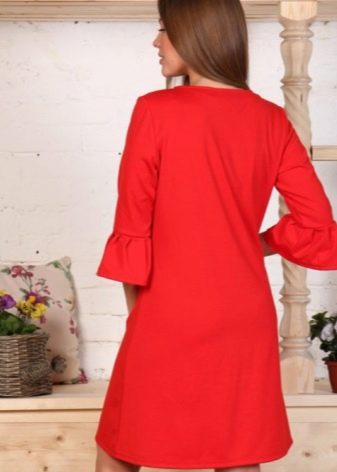
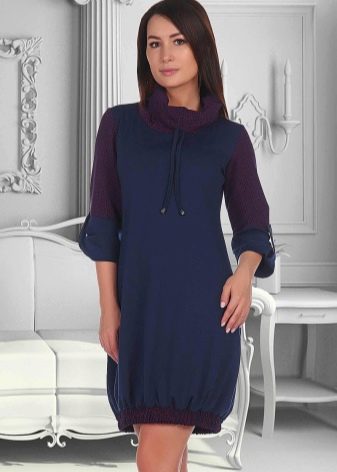
Warm clothes from premium and academic fabrics:
- trousers and suits;
- jackets and jackets;
- cardigans;
- leggings.
Outerwear, such as a coat, is sewn from jersey with wool. Gloves, scarves, hats are also made from milano. The material is used not only for the manufacture of clothes, but also designers actively sew textiles from it for the interior. Very often you can find on sale:
- decorative cushions;
- bedspreads;
- furniture covers.
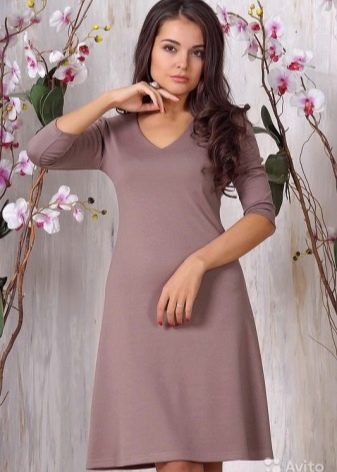
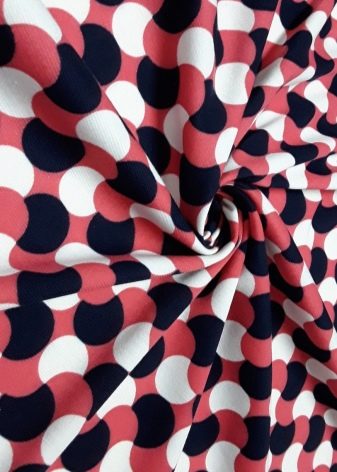
Care
In order for a product made of any material to retain its original appearance longer, it must be looked after taking into account the peculiarities. Milano does not belong to too capricious varieties, but it also needs a special approach if the goal is to ensure a long period of use. For durable fabric to last longer and look flawless, you need to follow these rules:
- study the instructions on the tag: the optimum temperature for washing, ironing and drying is indicated there;
- basically, Milano clothes can be washed by hand and machine, the temperature regime is up to 30 degrees (if you do not observe it, the product may shrink);
- things are washed with any type of powder, but bleach is not suitable for all fabrics;
- stains are washed separately, the whole product does not need to be immersed in water with bleach;
- the fabric is well wrung out by machine, while manual requires care;
- natural drying is recommended away from heating appliances and not in direct sunlight, the optimal position of the thing is horizontal;
- there are products that can be machine dried, but this needs to be specified on the tag;
- ironing things from the wrong side, the temperature should not exceed 110 degrees;
- the fabric lends itself well to steaming.
Since milano has a different composition and a different quantitative variation of synthetics and natural fibers, there are no uniform rules of care. Each product should be considered individually.
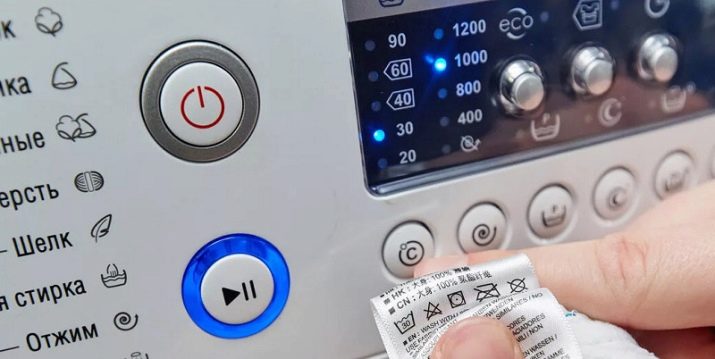
Review overview
Customer reviews of this type of fabric are positive.... In order not to be mistaken in the choice of knitwear, users of the products recommend that you feel the product well. It should be soft, pleasant to the hand, with a matte surface. If the fabric sticks, attracts static electricity, shines, then you have a fake or very poor quality material. Products made from such fabrics, according to reviews, are extremely uncomfortable.
Also, buyers are advised to look at the canvas in the light: if the paint or weaving is uneven, it is better to find a better option. As for sewing clothes from this fabric, the reviews here are as positive as possible. Things turn out to be spectacular, the material drapes well, frills and ruffles look good, it is really possible to sew a thing with a complex cut. The cost depends on the composition, here opinions are unanimous: the more expensive the milano, the better the product. In stores, you can most often find fabrics of Chinese, South Korean, Turkish, Italian production. Among the advantages of knitwear, buyers point out resistance to mechanical stress, good shape, long service life, ease of care and durability.
